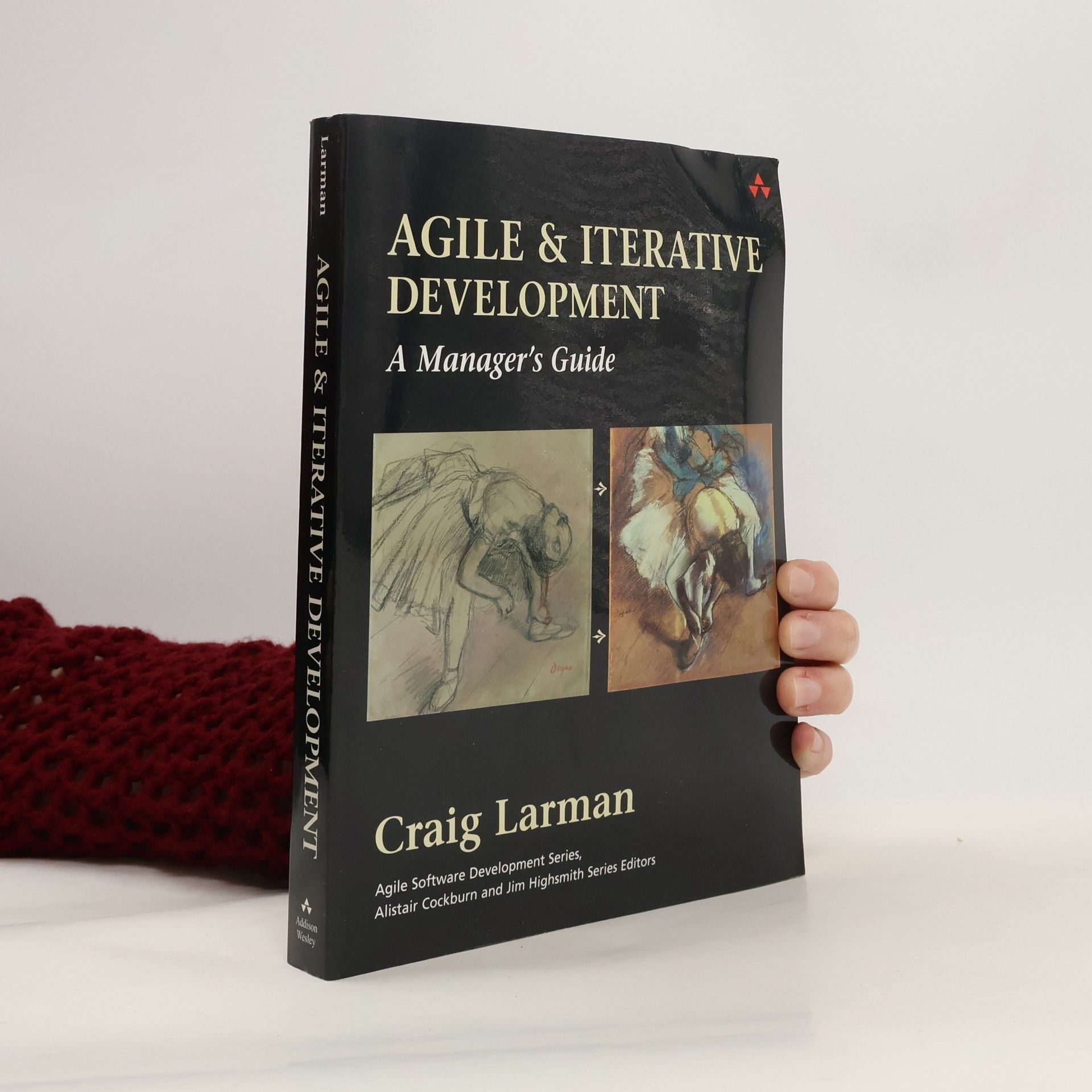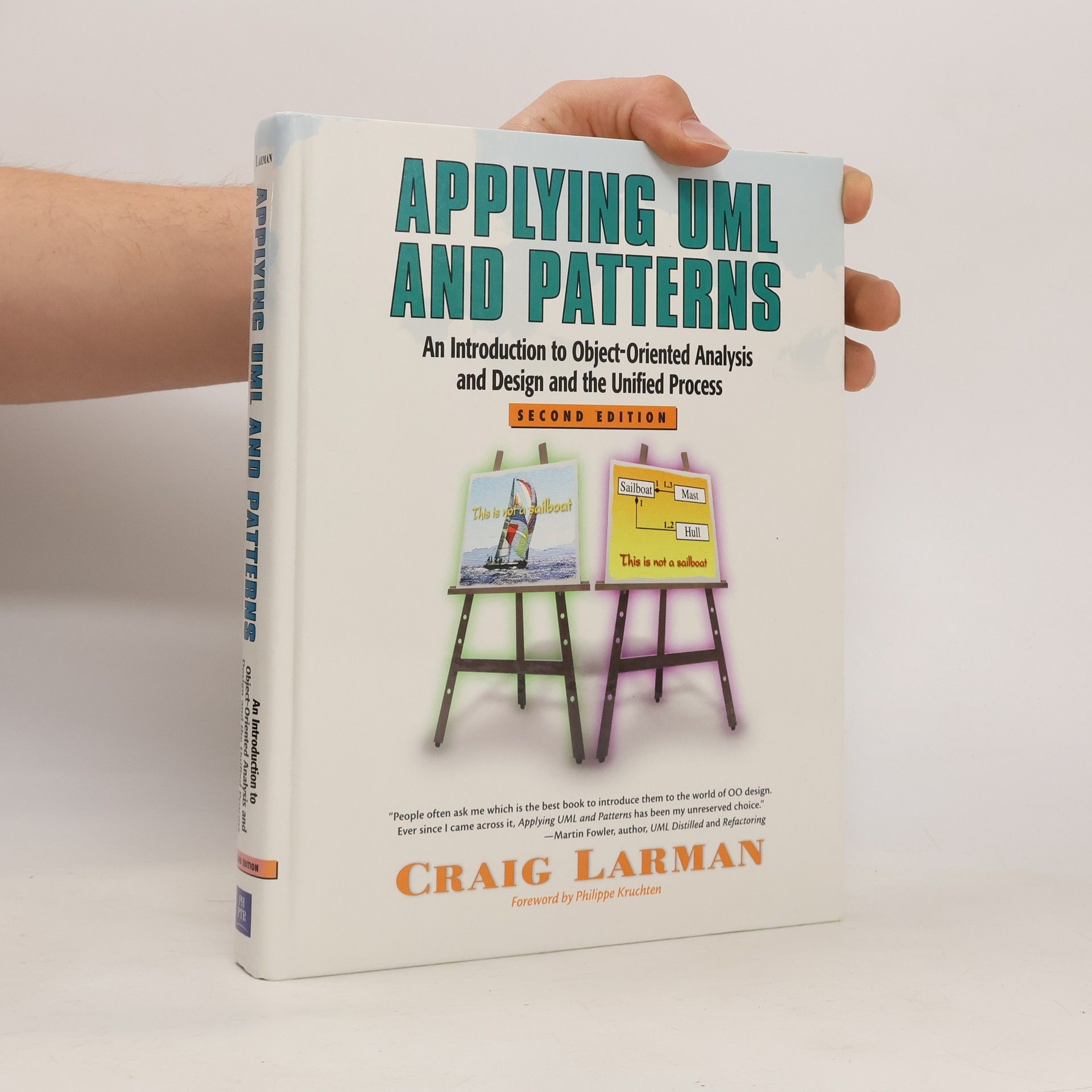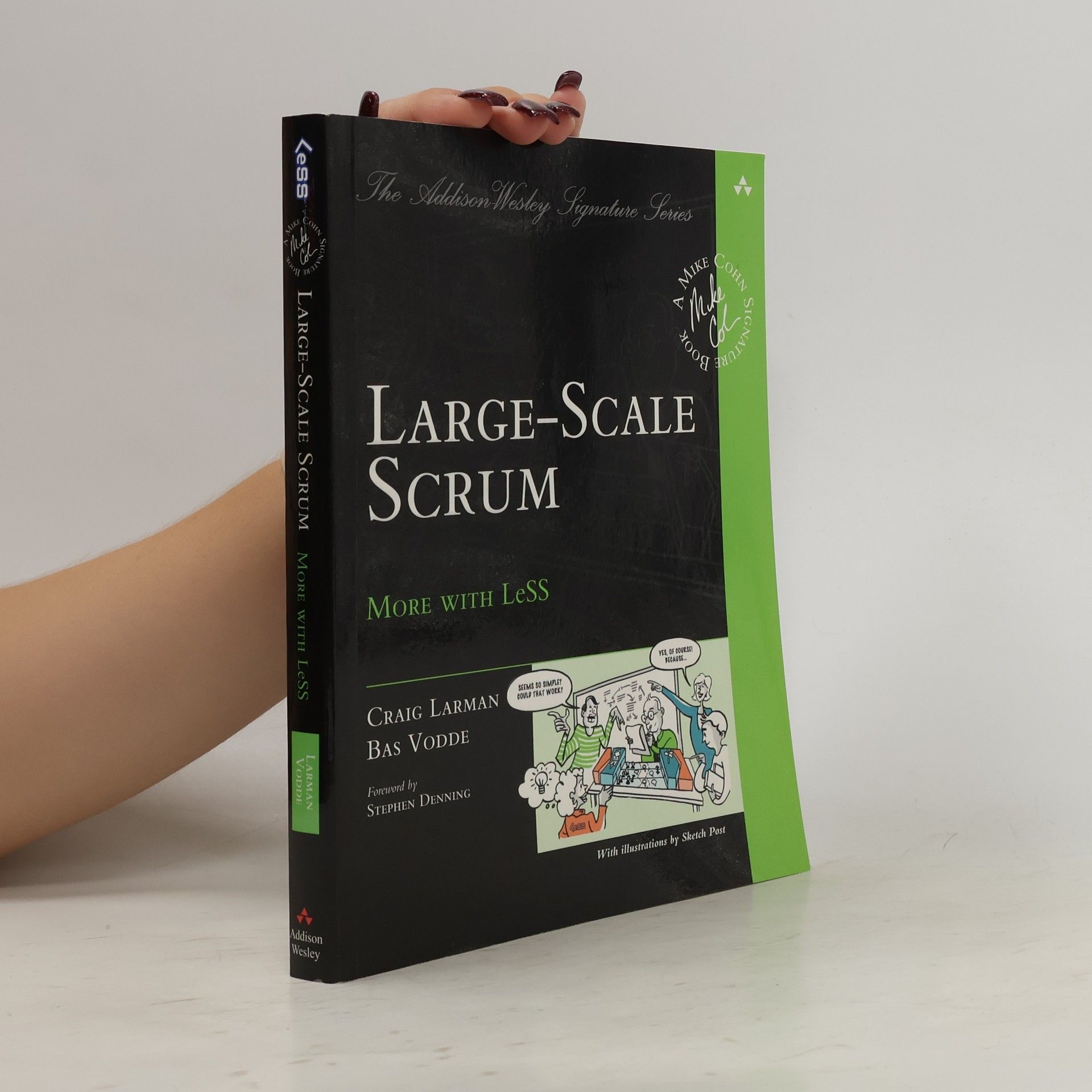Large-scale Scrum. More with LeSS
- 342pages
- 12 heures de lecture
<!--[if gte mso 9]> <![endif]--> The Go-To Resource for Large-Scale Organizations to Be Agile Rather than asking, “How can we do agile at scale in our big complex organization?” a different and deeper question is, “How can we have the same simple structure that Scrum offers for the organization, and be agile at scale rather than do agile?” This profound insight is at the heart of LeSS (Large-Scale Scrum). In Large-Scale More with LeSS, Craig Larman and Bas Vodde have distilled over a decade of experience in large-scale LeSS adoptions towards a simpler organization that delivers more flexibility with less complexity, more value with less waste, and more purpose with less prescription. Targeted to anyone involved in large-scale development, Large-Scale More with LeSS, offers straight-to-the-point guides for how to be agile at scale, with LeSS. It will clearly guide you to <!--[if gte mso 9]> Normal 0 false false false EN-US X-NONE X-NONE <![endif]--> <!--[if gte mso 9]> <![endif]--> <!--[if gte mso 10]> <![endif]-->




